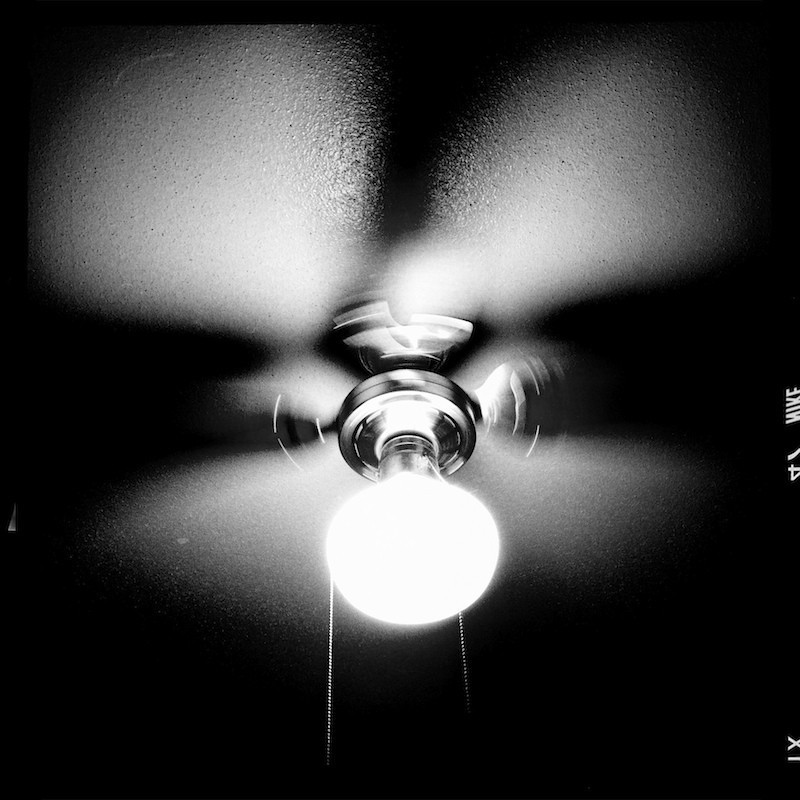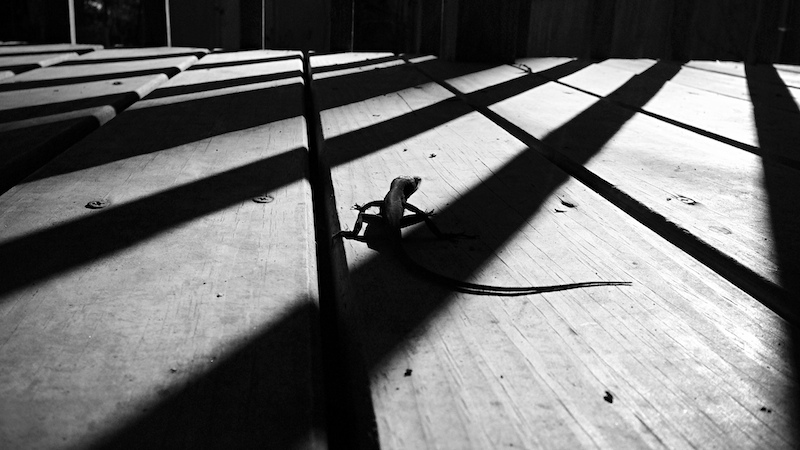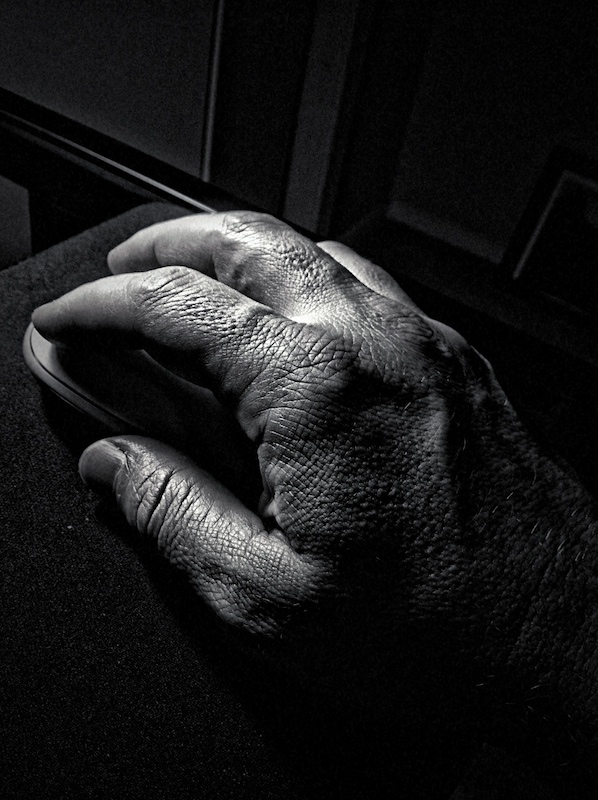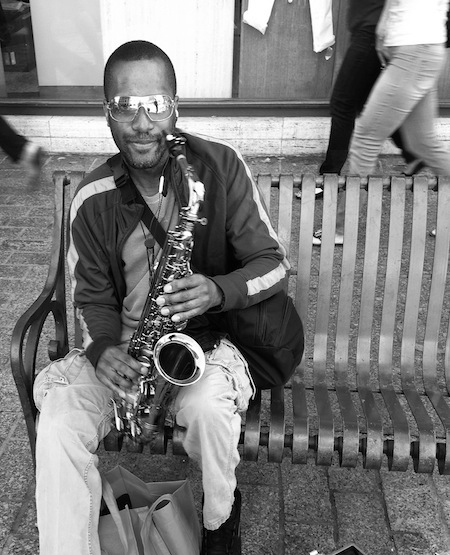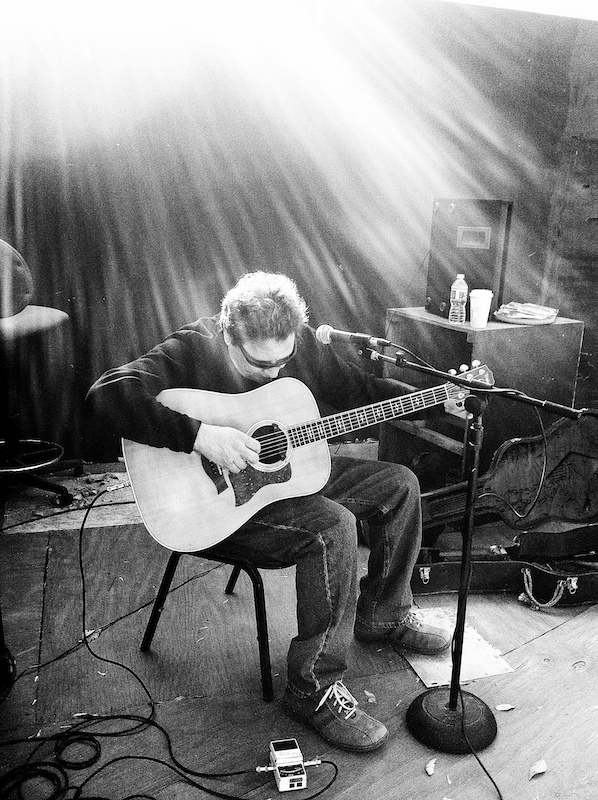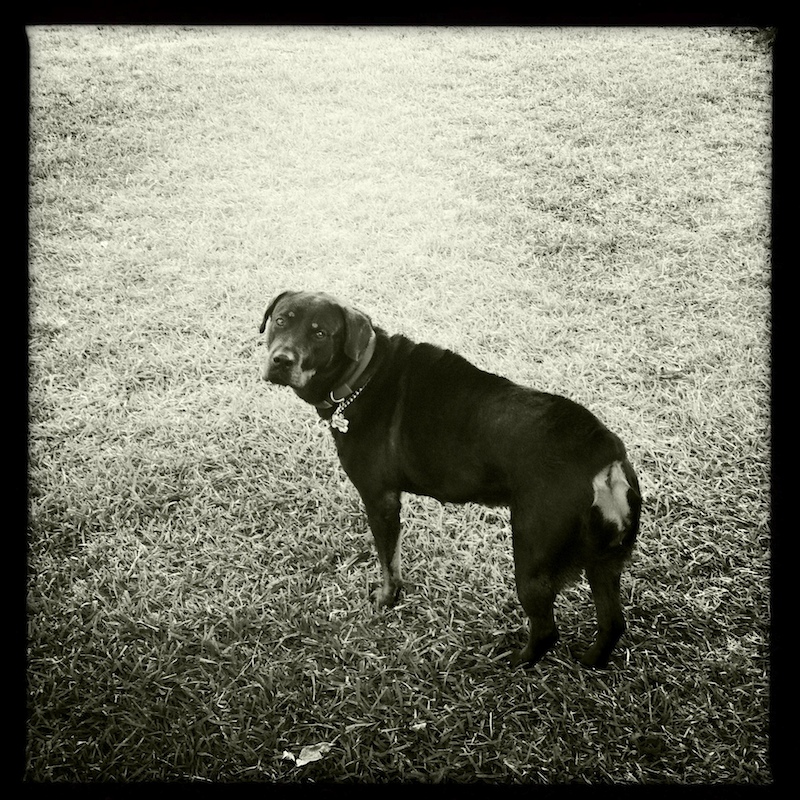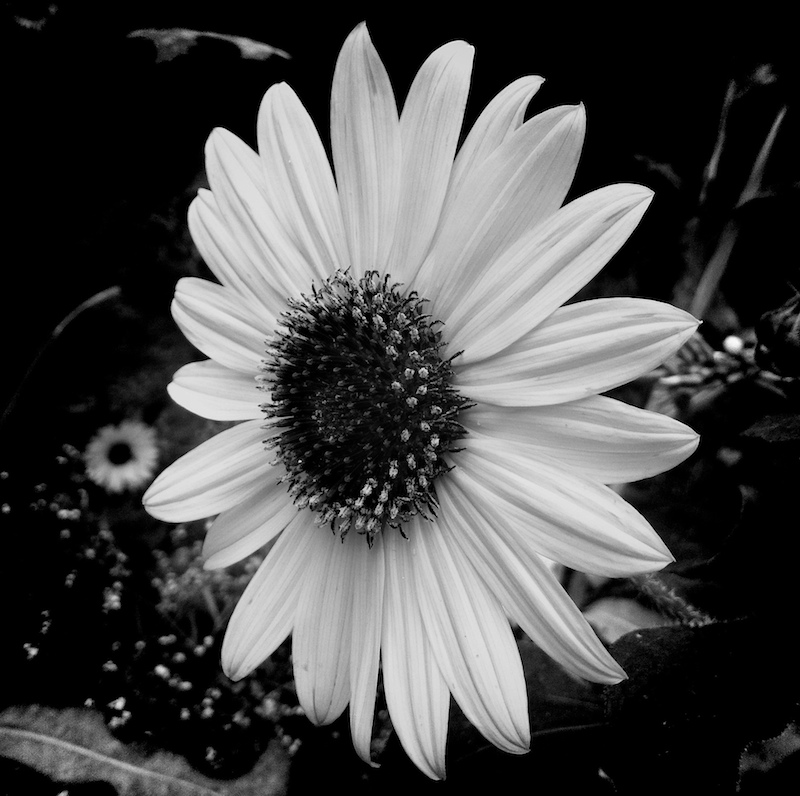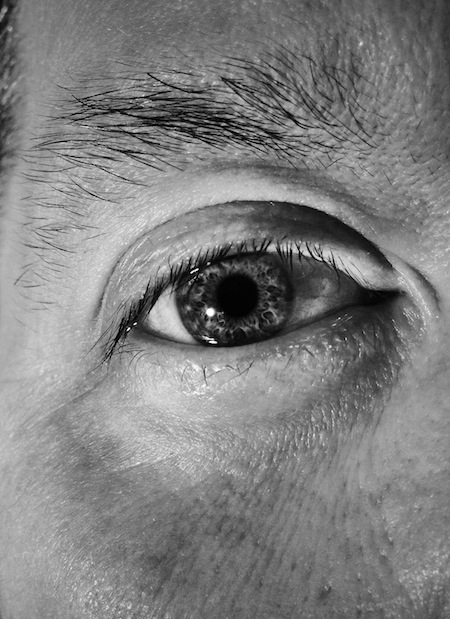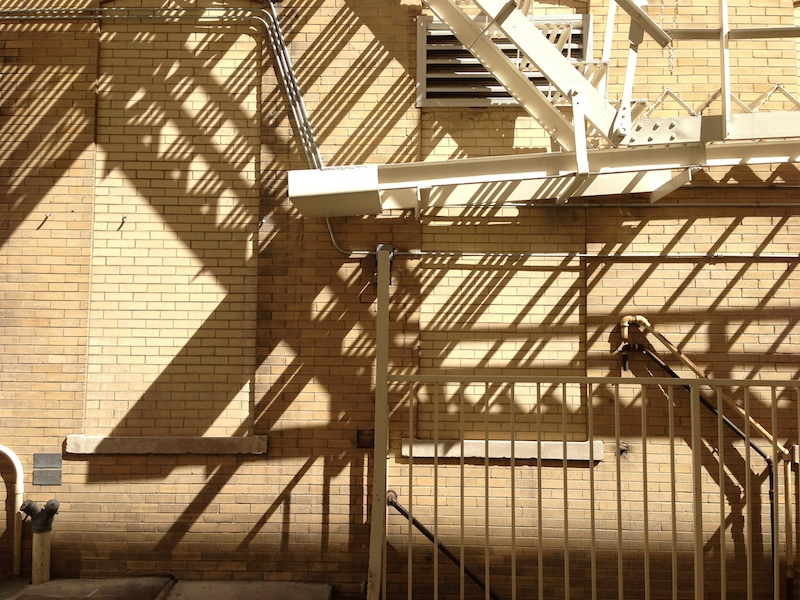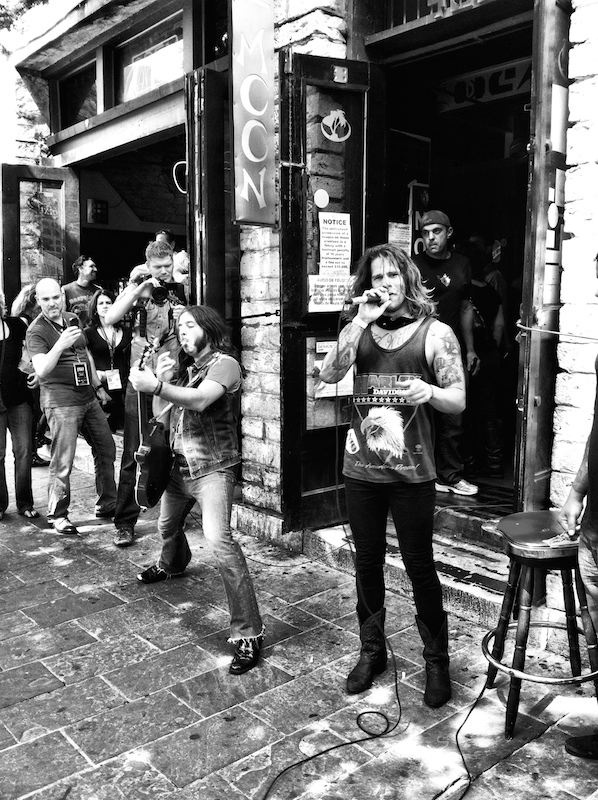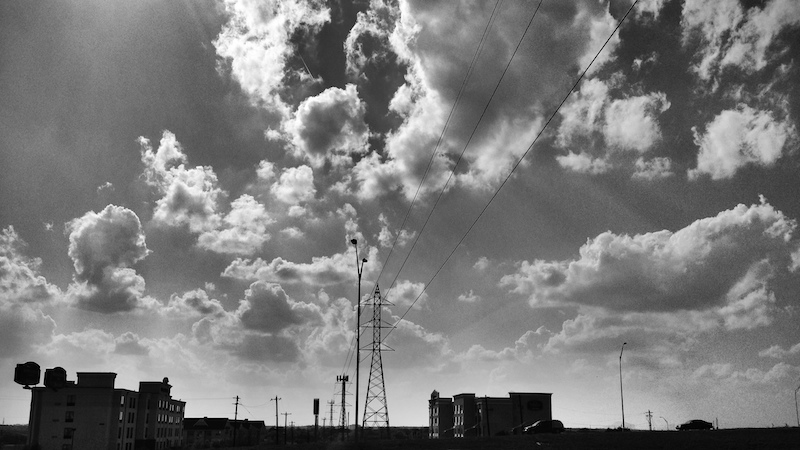Black & white are the colors of photography. To me they symbolize the alternatives of hope and despair to which mankind is forever subjected.
— Robert Frank
There is something magical about a great black & white photograph. The pure emotion of a Dorothea Lange portrait, the awe inspiring grandiosity of an Ansel Adams landscape or the stoic profile of Willie Nelson as shot by Annie Leibovitz. I’ve been enthralled by black and white images since I was a child looking through boxes of old Eastman Brownie prints of my predecessors. Even at that young age, I could see that the color Polaroid photos that were all the rage at that time were inferior to these black and white gems and I wondered why, as a society, we had moved away from such a splendid technology. Now, the iPhone has brought about a renaissance of classical photography, including a resurgence of my beloved Brownie-style black and white snapshots. And unlike the film cameras of the past, we can choose to go from color to black and white by simply tapping on a screen.
The tools have simplified the process but knowing when to process for color or for black and white isn’t always apparent. Which elements are accentuated by black and white photography? Which apps are my go-to black and white apps? How do I decide when to stay in color? We will address all of these questions and more in this article.
Tools and Apps
In this article I will cite some specific applications I use in my process and to achieve the exact same results you will need those apps. Similar results can be achieved with many other apps and I encourage you to use what works for you.
I will be using one or more of the following apps in this article:
The Four Elements
When shooting for black and white output, look for one or more of the following characteristics in your subjects:
1 – Lighting
Be it natural or artificial, great lighting can make a mediocre photo into a moody, noir gem. The angle of your light is critical in this regard. If you’re outdoors it pays to know in advance where the sun will be in the sky at any given time of day. I will cover The Photographer’s Ephemeris in the Pick Your Poison section later. Early morning and late evening are generally considered prime lighting, often referred to as “The Magic Hour” because of the warmth of the light’s tone. For black and white shoots it’s more the angle than the warmth of the light that we’re seeking.
2 – Contrast
By its very nature, black and white photography is a medium rooted in contrast. And by extension, subjects that are comprised of strong visual contrasts are conveyed well in black and white. Solid colors on objects with basic shapes (squares, rectangles, circle etc.) play well in monochrome so keep this in mind when picking your subjects.
3 – Textures
This element is dependent on how your subject is illuminated. This is why beard stubble is called a 5 o’clock shadow. A great texture will add an organic feel to your image. Brick walls, sand, fur, whiskers or wood grain all convey a tactile sensation that draws the viewer into a photograph. When you look at an Adams landscape, you can almost smell the pine sap when you look at the texture created by hundreds trees.
4 – People
Humans are well suited to black and white because our facial expressions and body language are accentuated by light and shadow. The trick is to capture your subjects before they realize what you’re doing. The moment people realize they are being photographed, they become self-conscious, stiffen up and stop looking natural. For this reason, I suggest silencing your iPhone to avoid drawing attention. Of course it is quite possible to take great photos of people when they know you’re there but this usually only works well with persons who are used to being in the public eye like street performers, musicians etc.
Pick Your Poison
If you read my last article, “Creating High Resolution Images on iPhone 5”, you know I’m a big fan of ClearCam and KitCam. That being said, I’m well aware that the sun doesn’t necessarily rise and sit on ClearCam and KitCam for everyone else. Two of my main criteria for a good app (besides great processing ability) are output resolution and EXIF preservation. This is why many of the apps that are popular with most people don’t make the grade in my toolkit. I encourage you use whatever app suits your tastes or produces the results you desire.
Some of the apps I use for black and white output are:
Infinicam This is the app I used to process Tuning Up (Tuning Up was the photo that sold me on the iPhone as a camera). It quite literally was the perfect app for that image and I can’t imagine anything else coming close to it’s results. The reason I put Infinicam on the back burner was the lack of control. It comes with some presets and you can save and name combinations that you discover but I needed something with more variables.
Hipstamatic If you haven’t heard of this app, then you should really get out more. Hipstamatic has some really nice black and white films and lenses which are well-suited for moody compositions. The biggest drawback to the app for me is that you’re limited to 1:1 aspect ratio. If you want to get close to the Eastman Brownie experience, you could do worse than the John S lens and Claunch 72 Monochrome film.
Lo-Mob This app does one thing better than almost any other app. If you want a high contrast, isolated subject with a subdued background in black and white, then this is your app. Import your photo, choose Vintage Instant – Black 023A under Instant Matic Photography section, move and zoom as needed and save to the camera roll. It’s just that simple. It’s my goto app for black and white floral photos.
SnapSeed You probably are familiar with this app because of it’s robust features. I can get some pretty good HDR black and white results especially if I need to filter the image by color to bring out or subdue specific elements. I usually have to import the finished photo into KitCam to step down the exposure after processing for HDR in SnapSeed. You should also be wary of increased noise in the darker areas of your image.
Process If you want to recreate accurate retro film and process combinations on your iPhone, you can’t beat Process. I love what this app does for my black and white photography (it’s great for color too). After you get used to the unorthodox interface, you’ll catch yourself spending hours experimenting with this application. You can save your presets and there is a huge library of user created presets, all of which can be modified and saved as your own. My biggest complaints with the app is that it strips EXIF data and only saves up to 4096 x 3072.
The Photographer’s Ephemeris When you need to know where the Sun or Moon will be in the sky for the location of your photo shoot, this is the app for that. Plus, it will show you the length and direction of shadows according the height of the object casting the shadow. A great tool for getting the right light and shadows in your photos. What more could you ask for?
To Be or Not To Be
I’m finished processing a photo when it pops. I like the term ‘pop’ because it aptly describes that moment when the image in front of you grabs your brain through your eyes and promptly slaps you out of the coma-like stupor you’ve fallen into from hours of photo editing. This occurs with about two percent of my photos. Then there’s another five percent that are really nice and worth keeping but need some help to make them pop. Have you ever processed an image in color and in black and white and you just couldn’t decide which way to take it? It happens to me all the time for impromptu snapshots. When the choice isn’t obvious, I have some criteria to help me determine if an image will be processed as black and white or color:
Is it too busy? If there are too many things going on in an image it can be overwhelming and becomes the mental equivalent of television snow. Color gives more definition to a cluttered image. This allows the mind to put all of the components in their proper places so we can register the picture as a whole.
Is it news? I think that most news photography should be black and white because nothing conveys the power and emotion of an event better than black and white. Can you imagine the Bobby Kennedy assassination photo in color? Not to mention, video pretty much has cornered the market for spectral saturation. Some exceptions would be anything where colors are central to the story like fireworks, fashion, parades etc.
Is there flat lighting? The term ‘flat lighting’ refers to the short shadows that are cast when the sun is directly overhead. This type of lighting really becomes pronounced in landscape and architecture photography. I find that color processing is better suited to flat lighting. For me, flat lighting happens with impromptu snapshots. I would never plan an outdoor photo shoot during midday.
Does color stifle the flow? Does the contrast, texture and lighting work without color or does the lack of color make the image feel dull? If you switch to the color view and it’s like someone turned on the lights, that probably indicates a color process is in order. If you switch to the black and white view and suddenly an iconic image rife with feeling and flow emerges then go with monochrome.
Proof Is in The Pudding
Now that we’ve established what makes a good black and white photograph, it’s just a matter of practice. Always remember, light, focus, subject and composition define your photographs, not what camera you’re holding when you shoot them. Anyone that tells you different is trying to sell you something. Until next time, good hunting!
~~~~

